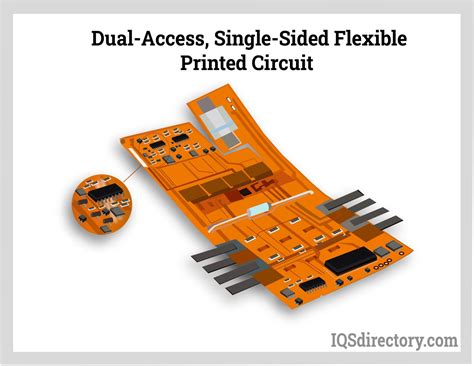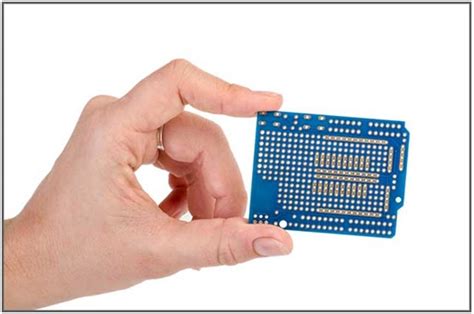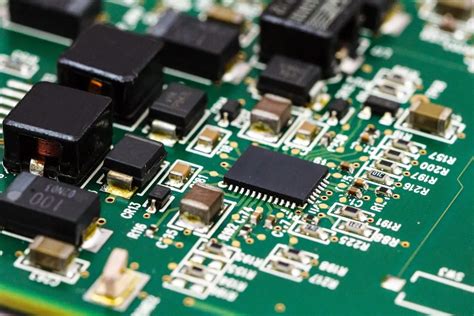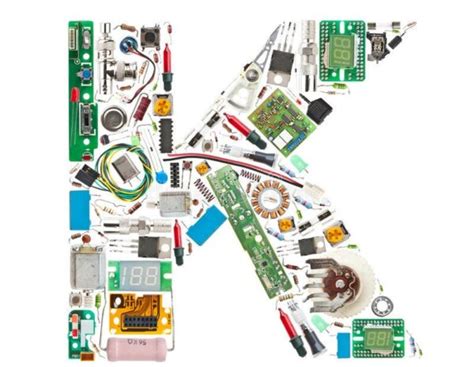Flex Circuit Assemblies: Boosting Reliability in Compact Designs
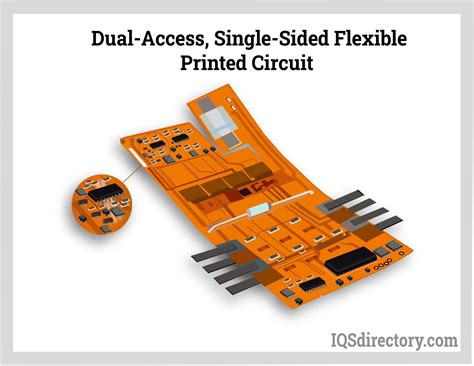
Key Takeaways
Flex circuits enable engineers to overcome spatial constraints in modern electronics by replacing traditional rigid PCB assembly configurations. Their inherent adaptability supports high-density interconnects in wearables, where PCBA (printed circuit board assembly) weight reduction is critical for user comfort. In medical devices, these circuits maintain signal integrity under repeated bending, ensuring reliability in life-critical monitoring systems.
Design Tip: When integrating flex circuits into compact layouts, prioritize material selection—polyimide substrates with copper traces offer optimal thermal stability for IoT sensors operating in variable environments.
The durability of flexible PCB assemblies stems from layered constructions that resist vibration and mechanical stress, a key advantage for aerospace and automotive applications. For IoT edge devices, space-efficient designs using flex circuits reduce overall footprint while accommodating complex circuitry. Notably, advancements in laser-drilled microvias enhance routing density, enabling seamless integration with surface-mount components during PCBA processes.
By eliminating connectors and cables, flex circuits simplify assembly workflows, cutting production costs and failure points. This streamlined approach aligns with the demand for lighter, thinner consumer electronics—from foldable displays to implantable medical tools. Engineers leveraging these solutions can achieve 30–50% weight savings compared to conventional wiring methods, a transformative benefit for portable tech innovations.
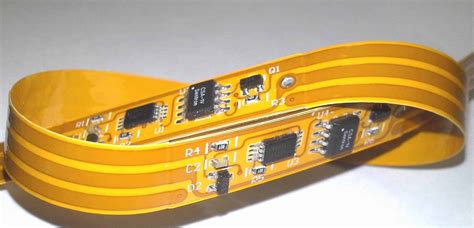
Flex Circuits Enable Compact Device Designs
Modern electronics demand increasingly space-conscious solutions without compromising performance. Flex circuit assemblies address this challenge by replacing rigid PCB assembly (PCBA) structures with ultra-thin, adaptable layouts. Unlike traditional boards, these circuits can bend, fold, or twist to fit into irregular geometries, making them indispensable for devices like smartwatches, hearing aids, and endoscopic tools. For instance, high-density interconnects in flex circuits eliminate bulky connectors, reducing overall device thickness by up to 60% while maintaining signal integrity.
| Design Feature | Rigid PCB | Flex Circuit |
|---|---|---|
| Thickness | 1.6 mm+ | 0.1–0.3 mm |
| Weight Efficiency | Moderate | High |
| Bend Cycles | None | 100,000+ |
| Assembly Complexity | Multi-step | Integrated PCBA |
This shift has been particularly transformative in wearables, where flex circuits enable curved displays and sensor arrays that conform to the human body. Engineers leverage dynamic flexing capabilities to route traces around components, optimizing space in multilayer designs. Additionally, advanced materials like polyimide substrates ensure thermal stability, critical for compact devices prone to heat buildup. By integrating flex circuit assemblies into PCBA workflows, manufacturers achieve lighter, thinner products without sacrificing reliability—a key advantage as industries push toward miniaturized innovation.
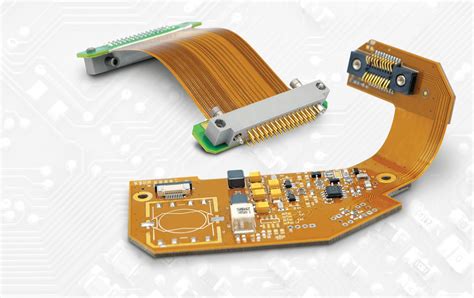
Reliable Flex Circuits for Medical Electronics
Modern medical electronics demand precision and resilience, particularly in devices requiring PCB assembly (PCBA) processes that ensure operational stability in challenging environments. Flex circuit assemblies excel in this field by combining dynamic bend capabilities with robust material choices like polyimide substrates, which withstand repeated sterilization cycles and temperature fluctuations. Unlike traditional rigid boards, these circuits maintain signal integrity even when integrated into compact diagnostic tools or wearable monitors, where space constraints and mechanical stress are critical concerns.
The inherent thin-profile architecture of flex circuits allows seamless integration into life-saving equipment such as endoscopes or implantable sensors. Advanced PCBA techniques, including laser-cut vias and high-density interconnects, enable engineers to pack more functionality into smaller footprints without compromising reliability. This is particularly vital in medical applications where device failure could have severe consequences. For example, flexible printed circuit boards in patient monitoring systems reduce wiring complexity while enhancing resistance to moisture and chemical exposure.
By leveraging lightweight materials and adaptive geometries, flex circuit assemblies meet stringent medical standards for durability and performance. Their ability to conform to irregular shapes ensures consistent operation in dynamic settings—from surgical robotics to portable imaging devices—making them indispensable in advancing healthcare technology.
Lightweight Solutions: Flex Assemblies in Wearables
The demand for lightweight wearable devices continues to grow, driven by consumer preferences for comfort and portability. Flex circuit assemblies (FCAs) address this need by replacing rigid PCB assembly (PCBA) components with ultra-thin, bendable substrates. Unlike traditional circuit boards, these flexible solutions eliminate bulky connectors and reduce material layers, slashing weight by up to 70% while maintaining electrical performance. For example, smartwatches and fitness trackers leverage flexible PCBA designs to conform to curved surfaces, enabling seamless integration into wristbands or clothing.
Advanced materials like polyimide films enhance durability, ensuring reliable operation even under repeated bending or twisting. This durability is critical for wearables exposed to moisture, temperature shifts, or physical stress. Moreover, space-efficient routing allows designers to pack more functionality into smaller footprints—a key advantage for AR glasses or health-monitoring patches. By minimizing solder joints and interconnects, flex circuits also reduce failure points, improving long-term reliability.
As wearables evolve toward slimmer profiles and multifunctional capabilities, flex assemblies remain indispensable for balancing performance with ergonomic design. Their adoption aligns with broader industry trends in medical electronics and IoT systems, where compactness and weight savings are equally prioritized.

IoT Systems Benefit from Space-Efficient Flex Circuits
As IoT ecosystems expand, the demand for compact, high-performance hardware intensifies. Flex circuit assemblies excel in this domain by enabling ultra-thin form factors that traditional PCB assembly methods struggle to achieve. These circuits integrate seamlessly into densely packed IoT devices—from environmental sensors to industrial monitoring systems—without compromising signal integrity or power efficiency. By leveraging PCBA (printed circuit board assembly) techniques optimized for flexible substrates, engineers can route connections through tight spaces while minimizing electromagnetic interference.
The inherent adaptability of flex circuits supports dynamic thermal management, a critical requirement for IoT devices operating in fluctuating environments. For example, smart agriculture sensors using these assemblies maintain reliability despite humidity and vibration, thanks to their ability to conform to irregular shapes. Additionally, the reduced weight of flex circuit assemblies aligns with IoT’s need for energy-efficient, portable solutions. In wearable health monitors or asset-tracking modules, this space-saving advantage translates to longer battery life and enhanced durability.
By merging PCB assembly precision with material innovation, flex circuits address the dual challenges of miniaturization and robustness, positioning them as foundational components in next-generation IoT infrastructure.

Durability Advantages in Modern Flex Circuit Design
Modern flex circuit assemblies achieve unmatched reliability in demanding environments by leveraging advanced materials and precision engineering. Unlike rigid PCB assembly designs, flex circuits utilize polyimide substrates and thin copper layers, which inherently resist cracking under repeated bending or vibration. This structural resilience is critical for applications like implantable medical devices or automotive sensors, where long-term performance is non-negotiable.
Innovations in PCBA (printed circuit board assembly) processes further enhance durability. Techniques such as adhesive-less laminates and laser-drilled microvias minimize mechanical stress points, while conformal coatings protect against moisture, chemicals, and temperature fluctuations. For instance, aerospace systems employing flex circuits demonstrate 30% fewer failure rates during thermal cycling tests compared to traditional wiring harnesses.
Additionally, dynamic flex testing protocols—simulating millions of bend cycles—ensure these assemblies withstand real-world wear. By integrating robust PCB assembly methods with lightweight, high-density layouts, manufacturers deliver solutions that excel in both compactness and endurance. This synergy positions flex circuits as indispensable components in next-generation electronics, where reliability directly correlates with product lifespan and user safety.
Flexible PCB Applications for High-Density Devices
Modern high-density electronic systems demand precision and adaptability, making flexible PCB assemblies (flex circuits) indispensable. These components excel in environments where space constraints and complex geometries dominate, such as aerospace instrumentation, telecommunications infrastructure, and ultra-compact consumer electronics. Unlike traditional rigid boards, flex circuits can conform to three-dimensional layouts, enabling engineers to integrate high-density interconnects without compromising reliability.
A key advantage lies in their ability to support advanced PCB assembly (PCBA) techniques, including multilayer stacking and embedded component placement. This capability is critical for devices like miniaturized servers or 5G modules, where signal integrity and thermal management are paramount. For instance, flex PCBA processes allow for tighter trace spacing and reduced parasitic capacitance, mitigating interference in high-frequency applications.
Moreover, the inherent durability of flex circuit assemblies ensures stable performance under mechanical stress, such as repeated bending in foldable displays or wearable health monitors. By combining lightweight materials with robust PCBA methodologies, manufacturers achieve unparalleled space efficiency while maintaining electrical resilience—a necessity for next-generation innovations in IoT edge devices and portable medical diagnostics.
How Flex Circuits Reduce Weight in Tech Innovations
Modern technology demands lighter, more streamlined devices without compromising performance. Flex circuit assemblies achieve this by replacing bulky wiring harnesses and rigid PCB assembly components with ultra-thin, polymer-based substrates. Unlike traditional rigid PCBs, these flexible circuits eliminate the need for connectors and cables, reducing mechanical complexity and material usage by up to 70% in applications like drones and foldable smartphones.
The integration of PCBA (printed circuit board assembly) techniques into flex circuit production further enhances weight efficiency. By embedding components directly onto flexible substrates, engineers minimize redundant layers and optimize space utilization—critical for wearables and medical implants where every gram matters. For example, high-density interconnects in hearing aids or fitness trackers leverage flex circuits to maintain functionality while shedding up to 50% of the weight compared to conventional designs.
Moreover, advanced materials like polyimide ensure durability despite repeated bending, enabling reliable performance in lightweight IoT sensors and aerospace systems. This synergy of miniaturization and material innovation positions flex circuits as indispensable enablers of next-gen portable electronics, where reduced mass directly correlates with extended battery life and improved user comfort.
Flex Circuit Assemblies Power Next-Gen Electronics
As industries push toward smarter, faster, and more interconnected systems, flex circuit assemblies are emerging as foundational components in next-generation electronics. Their unique ability to integrate PCB assembly (PCBA) processes with dynamic form factors enables engineers to overcome traditional rigid board limitations. In advanced applications like 5G infrastructure, autonomous vehicles, and augmented reality devices, flex circuits provide high-density interconnects while maintaining signal integrity in constrained spaces.
The shift toward miniaturized yet high-performance devices demands PCBA workflows optimized for flexibility. By replacing bulky wiring harnesses with ultrathin, bendable circuits, manufacturers reduce points of failure and improve thermal management—critical for AI-driven systems and edge computing hardware. Innovations in materials, such as polyimide substrates and adhesive-less laminates, further enhance vibration resistance and durability under extreme conditions.
Moreover, flex circuit assemblies enable seamless integration with hybrid rigid-flex designs, allowing complex architectures in wearables, foldable displays, and aerospace instrumentation. Their lightweight properties align with sustainability goals, reducing material waste compared to conventional PCB assembly methods. As IoT ecosystems and smart infrastructure expand, the role of flex circuits in delivering reliable, space-efficient solutions will only grow, solidifying their position as enablers of tomorrow’s technological breakthroughs.
Conclusion
The evolution of flex circuit assemblies underscores their critical role in advancing modern electronics, particularly in applications demanding compact designs and durable performance. As industries prioritize miniaturization—from wearables to medical implants—PCB assembly techniques must adapt to maintain reliability without compromising functionality. By integrating flexible PCBA solutions, engineers achieve space-efficient layouts that withstand mechanical stress while reducing overall device weight. This adaptability is especially vital for IoT systems, where sensor density and environmental resilience are non-negotiable.
Moreover, advancements in flex circuit materials and manufacturing processes have expanded their use in high-density devices, ensuring stable signal transmission even in dynamic operating conditions. The shift toward lightweight PCB assemblies also aligns with sustainability goals, minimizing material waste without sacrificing performance. Whether powering next-gen medical tools or consumer electronics, the synergy between flexible PCBAs and innovative design principles continues to redefine what’s possible in tech miniaturization. As demand grows for smarter, smaller devices, flex circuit assemblies will remain indispensable in bridging the gap between form factor constraints and engineering excellence.
Frequently Asked Questions
How do flex circuit assemblies enhance reliability in compact devices?
By integrating PCB assembly techniques optimized for flexible substrates, these circuits eliminate rigid connectors that often fail under stress. Advanced material selection and precision manufacturing ensure consistent performance in tight spaces, making PCBA (printed circuit board assembly) processes critical for maintaining signal integrity.
What industries benefit most from flex circuit technology?
Medical devices rely on flex circuits for sterile, lightweight designs, while wearables leverage their ultra-thin profiles. IoT systems use PCBA-optimized flex assemblies to embed sensors in space-constrained environments, ensuring seamless connectivity without compromising durability.
Can flex circuits withstand harsh operating conditions?
Yes. Through specialized PCB assembly methods like reinforced solder joints and protective conformal coatings, flex circuits achieve IP-rated resistance to moisture, temperature fluctuations, and mechanical fatigue. Rigorous PCBA testing further validates their lifespan in demanding applications.
How do flex circuits reduce weight in electronic devices?
By replacing traditional wiring harnesses and rigid boards with single-layer or multi-layer flex designs, PCB assembly workflows minimize material bulk. This weight-saving advantage is pivotal for drones, foldable gadgets, and implantable medical tools.
Ready to Optimize Your Next Project?
For expert guidance on implementing flex circuit assemblies in compact designs, please click here to explore tailored PCBA solutions.

